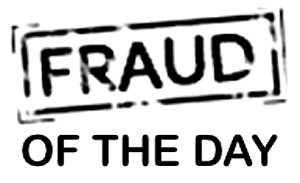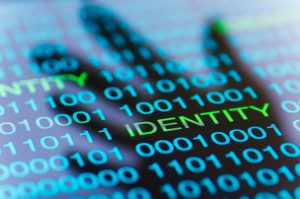This blog is part of a special series featuring top fraud trends predicted for 2023.
In 1737, Benjamin Franklin was appointed as the first Postmaster of Philadelphia with the task of regulating the post offices and to confront or question any wrongdoing. Thirty-five years later, Ben realized he couldn’t do the job alone and created what is now known as the United States Postal Inspection Service (USPIS). This is the law enforcement arm of the United States Postal Service. And two hundred and eighty-six years later, the USPIS is still going strong. Because a 63-cent Forever stamp is a “forever” tool for fraudsters.
Americans lose billions to cybercrooks every year. So, it may be relatively easy for us to forget many scam artists engage in fraud just as much via old-fashioned U.S. mail. But mail fraud is actually one of the most common federal criminal charges because it’s easy to commit and hard to trace. Simply put, mail fraud is when a deceitful activity is done with the use of the United States Postal Service (USPS), or private or commercial interstate carriers such as FedEx and UPS.
There are a wide range of schemes that have been successful due to using mail as a platform. Examples of mail fraud include Ponzi or pyramid schemes – mail that looks as if it was government issued, and propaganda regarding lotteries or sweepstakes. And don’t forget credit card fraud or insurance fraud! Mailing money, contracts, things of value, or communications regarding a fraudulent deal all meet the definition. Any scheme can be mail fraud, as long as there is a postage stamp involved.
Identity thieves even use the mail to commit fraud using what is called the change of address scam. The fraudster fills out a PS Form 3575 to change potential victims’ mailing addresses to a P.O. Box. The private information and sensitive documents steal the identity and take everything that comes with it: credit cards, bank accounts, even deeds to property. A victim could lose everything if they don’t notice that they stopped receiving mail.
Many who participated any kind of fraud from the COVID-19 Cares Act are probably also guilty of mail fraud. For every Paycheck Protection Program or Economic Injury Disaster Loan that was mailed with fraudulent information, mail fraud was committed. It is estimated that over 15% of the loans were fraudulent. The Paycheck Protection Program issued $800 billion in loans. You do the math!
Two hundred and eighty six years after Ben Franklin started his job, crime by mail is more prevalent than ever. On February 2, 2023, Kimberly Stamps (Stamps for mail fraud!), John Kyle Muller, and Barbara Trickle were indicted for conspiracy to operate a fraudulent mass-mailing scheme that deceived thousands of consumers into paying fees for falsely promised prizes. The trio allegedly mailed millions of prize notices from 2012 to 2018. The mailer indicated that the person would receive a large cash prize if they paid a fee between $20 and $50. Victims who paid the requested fee, however, did not receive the promised cash prize. The loss to victims totaled about $15.5 million. Many were “elderly and vulnerable.” Although the notices appeared to be personalized correspondence, they were merely mass-produced form letters that were bulk mailed to recipients whose names and addresses appeared on mailing lists purchased and rented by the defendants.
Here is the kicker. According to the indictment, Stamps, Muller, and Trickle continued to operate their fraudulent mass-mailing scheme in violation of a United States Postal Service cease-and-desist agreement and consent order issued in 2012. The agreement and order had permanently barred these fraudsters from mailing fraudulent prize notices. Not the first fraudsters who didn’t listen!




